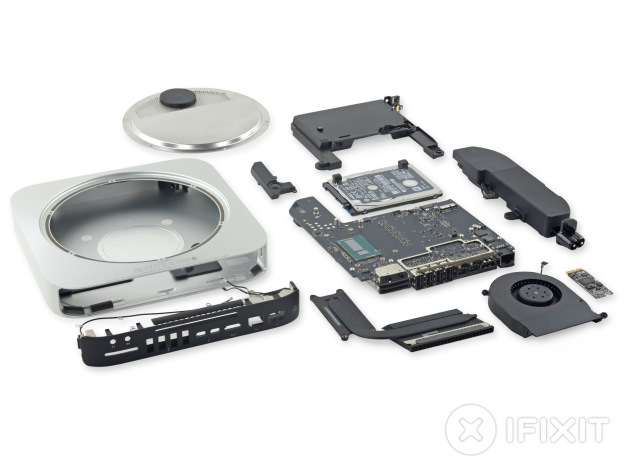There’s a whole new look and feel to Android 5.0 Lollipop, courtesy of a concept called Material Design, it paints richer colurs, adds more depth and has more white space. Along with that, it also adds a new notification setup, offers new ways to multitask and has a new battery saving mode. Check out the Android 5.0 Wikipedia page to learn more about it.
Now the question is, will your device make it to the list where this update will be rolled out? We’ve compiled a handy list, with all the devices that will get the new Android Lollipop update.
Did yours make it?
Google
Nexus 4
Nexus 5
Nexus 7 (2012)
Nexus 7 (2013)
Nexus 10
Google Play Edition
HTC One (M7)
HTC One (M8)
Samsung Galaxy S4
Moto G
Sony Z Ultra
LG G Pad 8.3
Micromax Canvas A1
Spice Dream UNO
Karbonn Sparkle V
Motorola
Moto X
Moto X 2nd Gen.
Moto G
Moto G 4G LTE
Moto G 2nd Gen
Moto E
Droid Ultra
Droid Maxx
Droid Mini
Sony
Xperia Z
Xperia ZL
Xperia ZR
Xperia Z1
Xperia Z1s
Xperia Z Ultra
Xperia Z1 Compact
Xperia Z2
Xperia Z2 Tablet
Xperia Z3
Xperia Z3 Compact
Xperia Z3 Tablet Compact
HTC
One (M7)
One (M8)
One mini
One mini 2
One Max
NVIDIA SHIELD Tablet
Xolo One
OnePlus One









































.jpg)
.jpg)
.jpg)
.jpg)
.jpg)
.jpg)
.jpg)
.jpg)
.jpg)
.jpg)
.jpg)
.jpg)